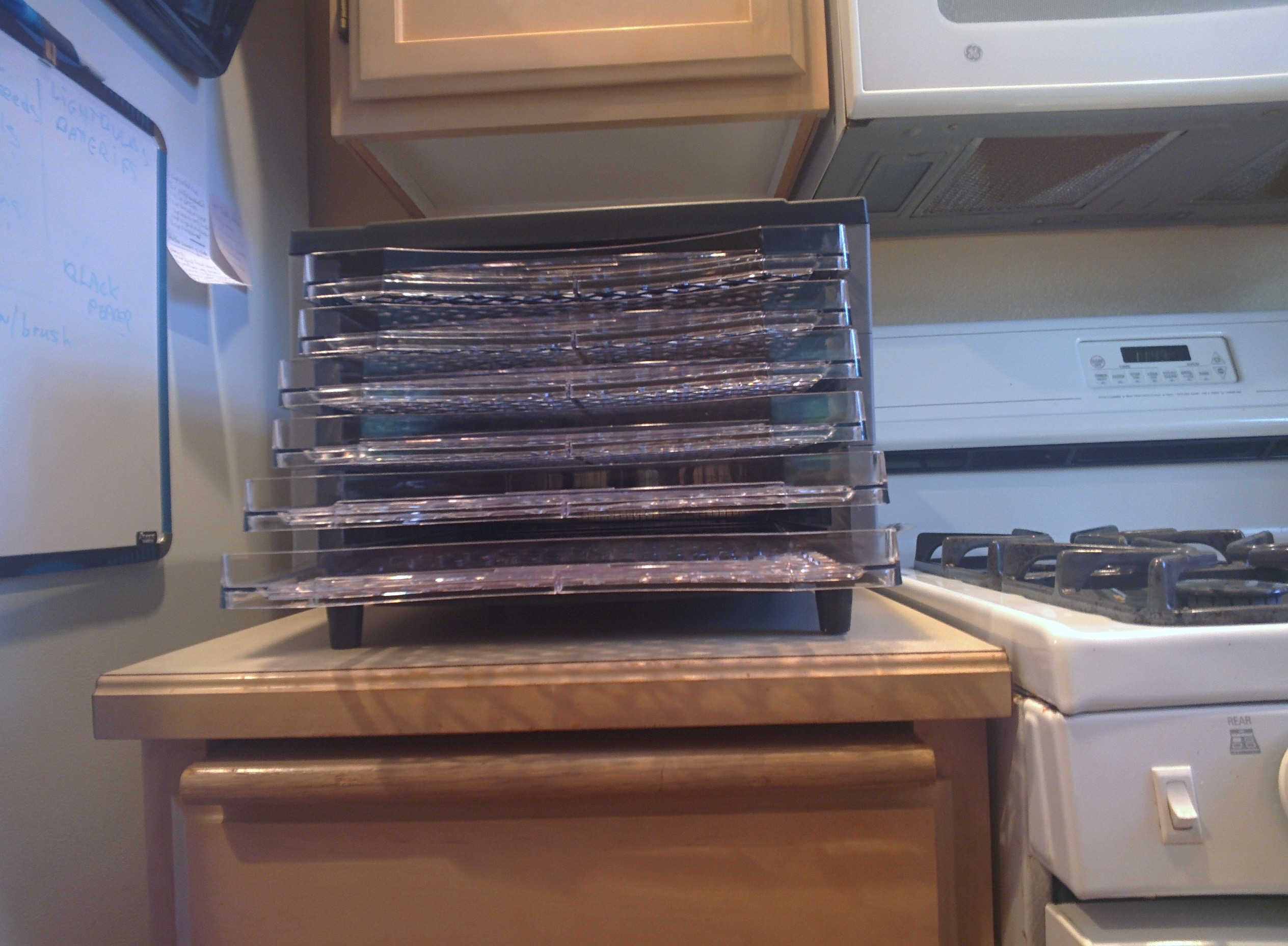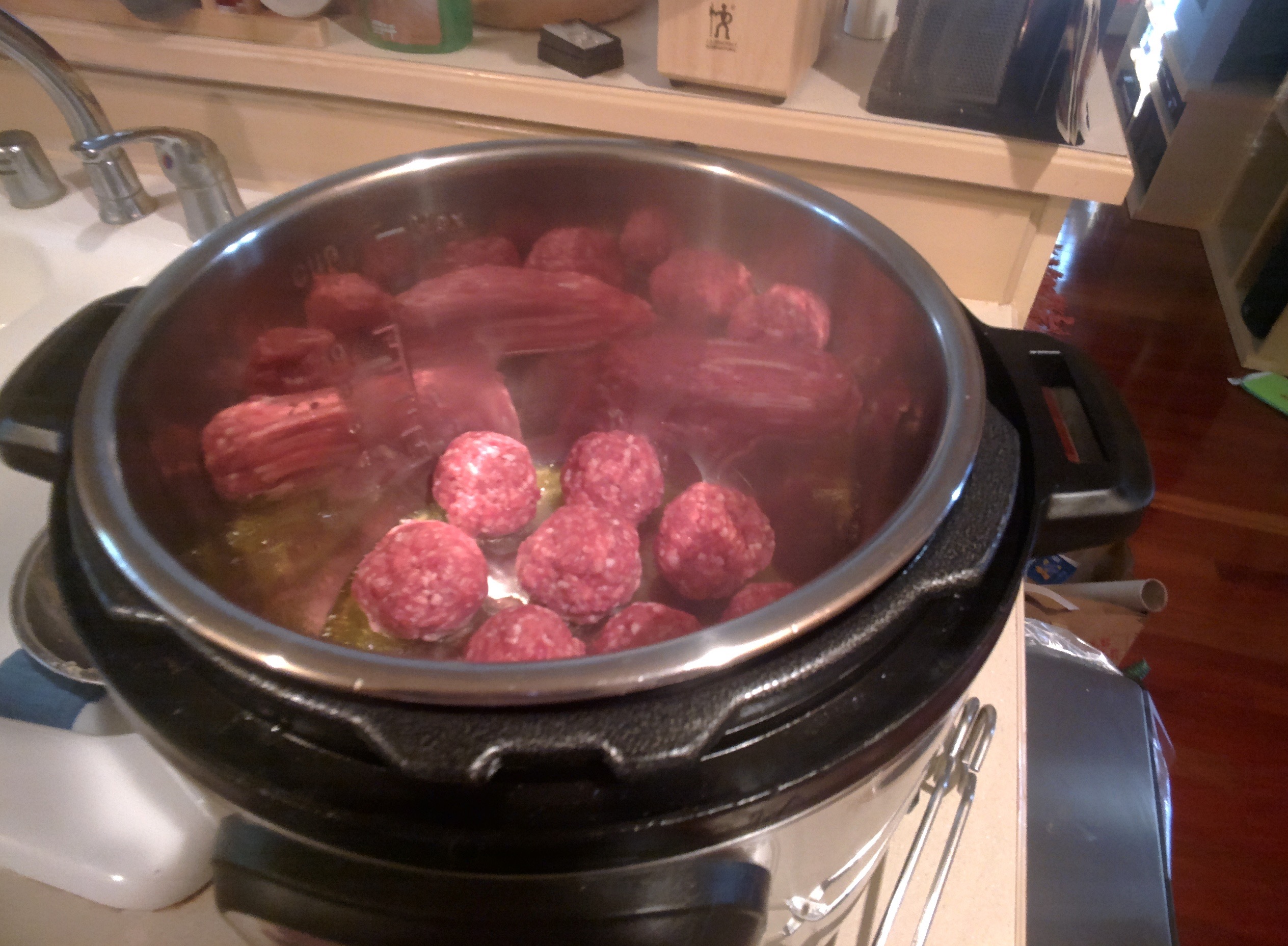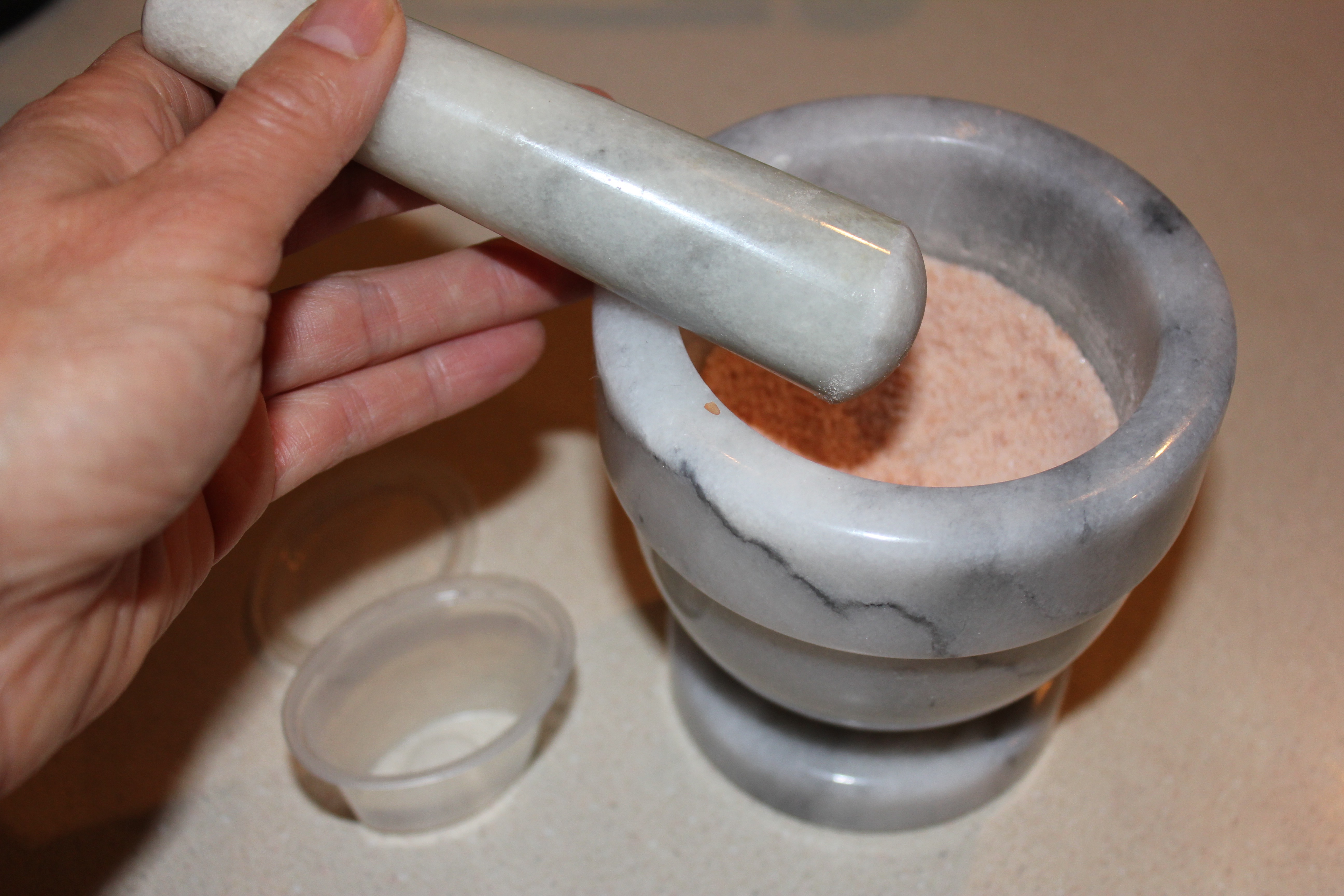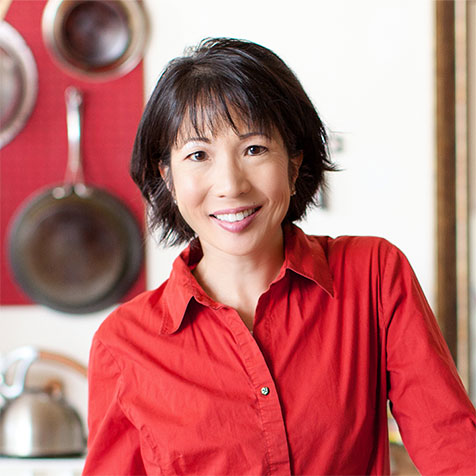The Five Must-Have’s For Your Kitchen
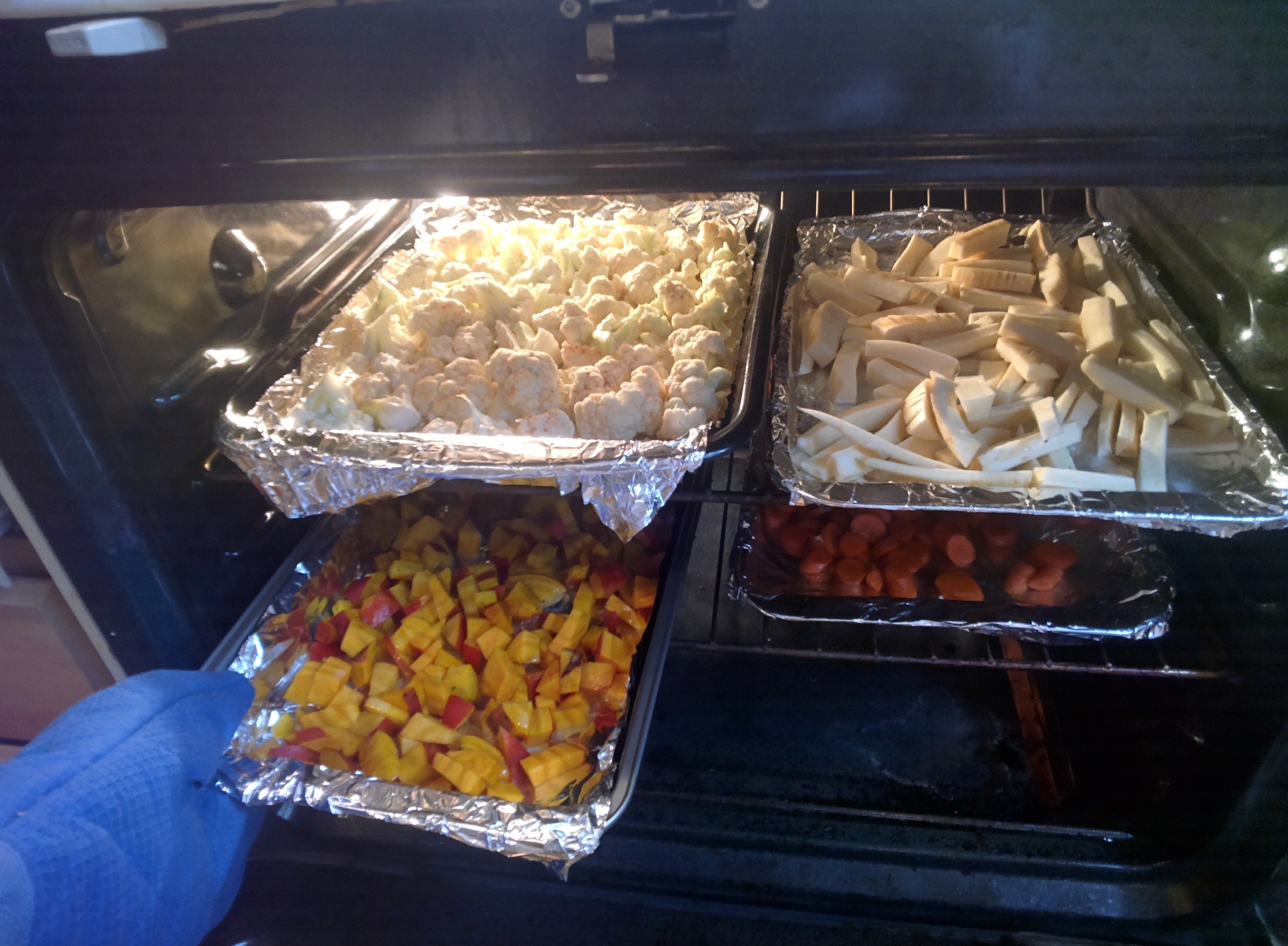
When batch cooking, use all the available space in your oven that you can. Dedicated pans make batch cooking a snap!
Batch cooking days at my house feel like a mini tornado swept through the kitchen and dropped giant containers of food once a week. As much work as it may seem from the outside, it’s my secret weapon in staying healthy and strong. Limiting my eating-out options has made my life better, not worse.
Like many people who find out they have Celiac Disease, two years ago I jumped on the Internet and tried to study up on what everyone else seemed to know about how to eat gluten free and allergen free.
So much of the literature and the food blogger universe shouted assurances of how easy this was going to be. Why, there were thousands of new gluten-free products waiting for me, like Udi’s bread, and Glutino’s Pretzels. I could have my ‘ GF sammich and my GF pretzels! Everything was going to be OK. Or so I thought.
But three months after going gluten free, I was still having tummy trouble, although the worst of the gluten effects were well behind me. Even in the first month of eradicating gluten from my diet, my health had started to improve. I just couldn’t understand why I continued to have a Grumpy Tummy. As the months marched on and I contended with Leaky Gut Syndrome, it became clearer that I had additional food intolerances and sensitivities to deal with, along with the understanding that many of the substitute flours used in commercial gluten-free foods were not my friends. Nor was the emulsifiers and excess sugars found in those foods.
“Just avoid all the grains, and don’t even eat the gluten-free processed foods,” my friend Amalia suggested. “Then see if you feel better.”
Realizing I had very little to lose by trying, I removed every processed gluten free food out of my diet. And I felt better. After a time, I tried a gluten-free treat with gluten free flour and xanthan gum in it. Nope. And again. Nope. And later, again. Nope.
I could repeat this same testing phase with just about everything you can imagine: gluten free oats, arrowroot flour, gluten free buckwheat, etc. Nope. I could write a song, and the lyrics would be, “No-oh-oh-oh, oh-oh-ohope”.
Over the course of year, I began eating out less and less, and cooking naturally gluten free foods from single ingredients more and more, until my diet was composed of about 98% of foods coming out of my own kitchen. And my health dramatically improved. People stopped asking if I had cancer because of weight loss. Color came back to my cheeks, because I wasn’t starving from small intestinal damage.
Looking back, I see that the challenge to shifting my mindset from relying on my own cooking versus buying pre-made gluten free processed foods was a matter of trusting that I could make tasty foods quickly in my own kitchen. I was a busy professional with an active life. Could I actually do this? After getting my kitchen cleaned, gluten food from my husband contained and controlled, and cross contamination eliminated, there was only one thing left to do.
It was time to collect the best food preparation appliances and tools in my kitchen.
Want to know what they are?
My Top Five Food Prep Appliances and Tools
Knives. For batch cooking your own vegetables, fruits, and meats, you are going to be cutting and chopping. A lot. A food processor can do some of the work, but other recipes require rough cutting and not precision, for a more rustic meal. Who wants their soup to look like Campbell’s soup from a can, with those regimented mini-squares of chicken and carrot? I want chunks of vegetables that are not uniform in appearance. It’s the uneveness of the food, and the treasure hunt of coming up with a chunk of parsley in the same bite as a shred of chicken, that is the evidence of a home-cooked meal.
I found that having two to three knives with a certain weight and handles that fit my hand to be priceless. My favorite? Shun 5 piece knife set, with handles that fit the smaller hand like mine. I even brought back a cleaver from San Francisco’s Chinatown by shipping it in my checked luggage, properly secured in sealed plastic, of course.
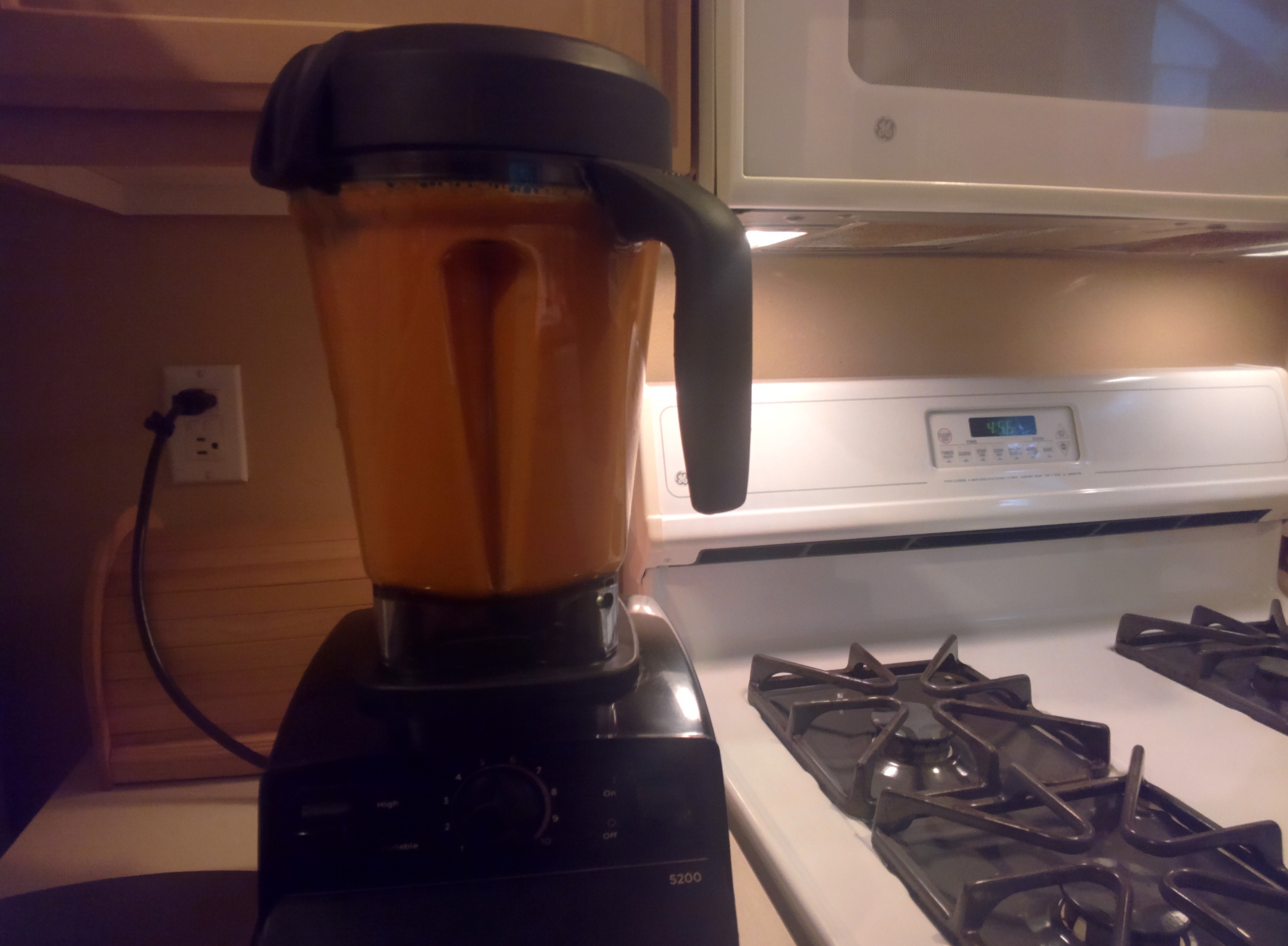
The Vitamix blender is a little workhorse in your kitchen. With a 2.2 horsepower engine, there is nothing that this blender can’t do.
Vitamix Blender. I know, I know! There are at least three or four other blenders that people rave about, all promising great blending and easy cleanup. After trying three different blenders, I like the Vitamix the best. It’s fabulous for making soups by just allowing vegetables to keep blending on high speed for five minutes, because the heat produced by the Vitamix’s 2.2 horsepower engine is enough to make that soup hot hot hot (like, burn-your-tongue hot)!
Of course, it’s perfect for making smoothies and crushing ice, mixing gluten free pancake batter (sans emulsifiers, yay!) and dropping in maple syrup and a little lavender syrup, or creating a summery cocktail/mocktail. Oh, and cleanup really is as simple as rinsing, dropping in a little dish detergent, putting the lid back on, and blending at high speed.
Warning: Vitamix blenders are not cheap. Quite possibly the least expensive ones are available new at Costco or used online; I purchased mine “like new” on Ebay for much less. It is nothing short of a workhorse in your kitchen. The lower-profile version will usually allow for the entire blender to fit under your cabinetry on a standard-height counter.
Cabelas 6-Tray Food Dehydrator. Not all food dehydrators are alike, nor as durable, as the Cabelas 6-Tray Food Dehydrator. Serving a population of cooks who often hunt game and need a commercial-grade dehydrator, this food dehydrator is a perfect addition to the food-sensitive person who wants to travel with their food and not be limited in where they can go and what they can do. Dehydrating food is an awesome way to carry nutritious food everywhere, and there is a big industry in dehydrated food recipe books as well.
You might be saying to yourself, “Why not get the 10-tray version, because it’s not that much more expensive?” Pay attention to the height, and know that it might not fit under your cabinet for storing when not in use. Also, when it’s operational, the fan located in the back should not be blocked by a wall. Size matters, and you might not need ten trays when six will do.
If you do get a dehydrator, I recommend investing some money in a comprehensive book on food dehydration. While the Cabelas models come with a short booklet of common foods and their dehydration time, the list is limited. And the reason you want to dehydrate food is to have unlimited access to how you can dehydrate food to fuel a lifetime of adventures.
InstantPot 7-Way Fast Pressure Cooker. I cannot sing the praises of the Instant Pot 7-Way Fast Pressure Cooker enough! Just cough up the money and buy one now. If you want to do batch cooking, a slow cooker and a stove top pressure cooking pot will do, but you often need to stick around for the timing of the items to cook. InstantPot lets you do lots of batch cooking because of quick cooking settings. And a 10-hour “keep warm” function allows you to set things to cook in the evening, and your food will still be warm in the morning.
The possible downfall of the InstantPot is that I hear it tends to wear out in about three years, quite possibly because its users are running them day and night from the moment they receive it until it cooks its last meal. I haven’t had mine long enough to tell you if the rumor is true; I’ll be sure to update this post if it dies before three years go by.
I am currently trying to set up my partner account with InstantPot; they have let me know that I do have an account with them for partnership, but they have yet to send me any banner ads or other widgets to let you save a little money by ordering here. *Sad panda*
Dedicated Roasting Pans and Cake Pans. Instead of worrying if you got every little bit of gluten, oil, or some other food that you can no longer eat off your darkened roasting pans and cake pans, it’s a good idea to have dedicated roasting and cake pans for all your gluten free items. I don’t have to think to myself, “Now, did hubby ever spray soybean oil or coconut oil with soy on this pan?” because dedicated pans means they are dedicated only to the foods you or your food-sensitive family member can safely eat.
These pans are great for roasting vegetables on batch cooking day, laying out foods that need cooling time on parchment paper, and making gluten-free pizza, breads, and other treats. Oh, and they get their own drawer space too.
Mortar and Pestle Set. Being able to grind and mix your own spices and herbs means higher control against cross contamination. I had no idea how many spices in commercial spice stores contain dehydrated alliums or nuts. Make your own blends safely at home by measuring them out before crushing them and storing them in marked containers or plastic baggies.
Adding flavor beyond drowning food in sugar is your way to arm yourself against the food industry’s proclivity to add sugar in things that don’t really need added sugar. They are doing this because it sells product. Instead, you can add great flavor through herbs and spices that you grind yourself. You become your own mad scientist in the kitchen, creating delicious food without the extra sugar. And you’ll actually taste your food.
Obviously, there are pots and pans that I believe every kitchen ought to have, but I think that subject deserves its own post (make it so).
There are many other tools I have in my kitchen or would like to have in my kitchen, but these five items have packed the most punch in terms of getting real food from the grocery store to my stomach. If you have a favorite tool that you’d like to share, please send your suggestion and I’ll repost it here!


